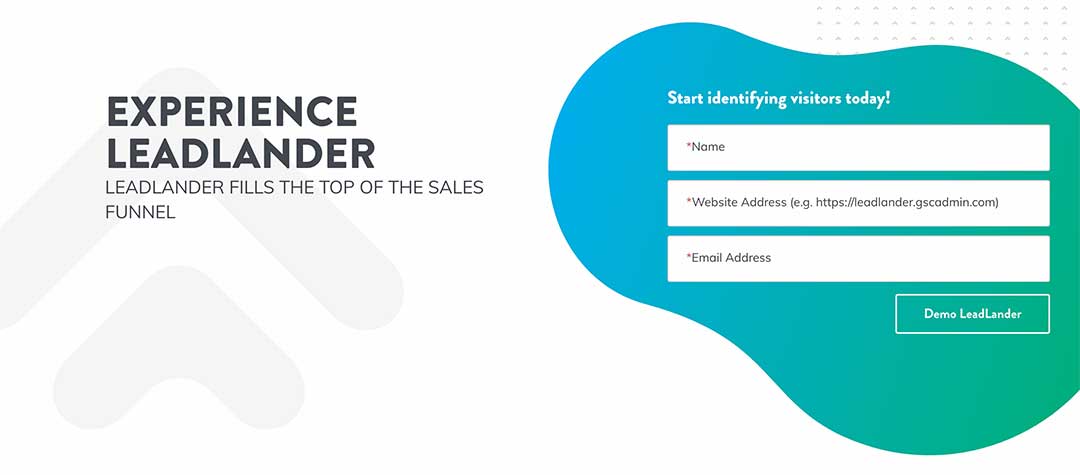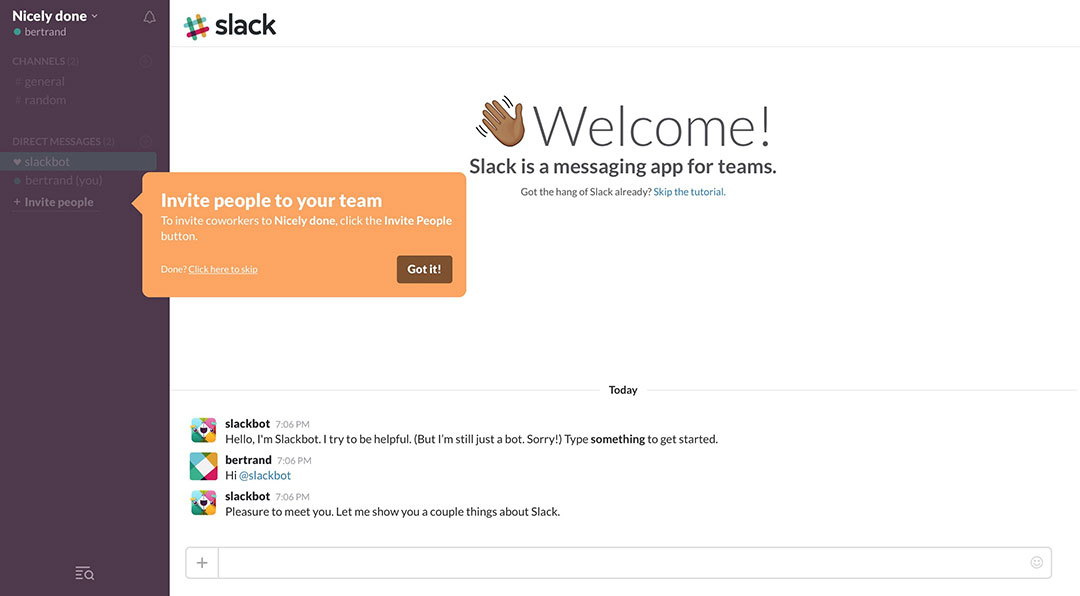Optimizing your onboarding process isn’t just about setting-and-forgetting. Knowing how your customers respond to your onboarding experience could actually be a crucial step in minimizing churn. The most common reasons that customers churn are either:
- They don’t understand your product.
- They haven’t received any value from it.
The focus of a company’s onboarding process should constantly address these two common issues when creating or optimizing your onboarding experience. And when we say experience, we truly mean that it should be an experience from start to finish.
ProfitWell’s research of almost 500 software products shows that customers with a positive perception of their onboarding experience are far less likely to churn within the first 21 days of using a new product. The day a company signs up for your trial or begins actually paying for it is not the day that they have been sold. Rather, they have been sold the day that they have personally received value from your business. Through research and our own trial & error, we’ve landed on five ways you can begin optimizing your onboarding process for a better customer experience.
5 Tips For Optimizing Your Onboarding Experience
- Consider whether you need that amount of information…
- Credit Card info
Let’s be honest here, have you ever signed up for a free trial and backed out as soon as it involved your credit card or billing address? While the focus isn’t on individuals in our case, we can still take note of the fact that people run in the other direction as soon as we are asked too much information. The same is true when trying to create buy-in from prospects or retain new customers who have taken the first leap of faith with your company. - What does this info actually do?
Analyze what is being done with the information you request from the first points of contact. This includes both your trial and onboarding forms. Remember that a business that opts in is not yet sold until they have been fully onboarded and put your product into use. - Only request critical information
If the information is not critical in the short run then take it OUT. Avoid scaring prospects with requests for information you don’t need.
(We kept this in mind with Leadlander’s free trial, check it out.)
- Credit Card info
- Take it Step by Step:
Oftentimes the onboarding process asks new customers to do too much. This could be the culprit for why customer churn often has to do with a misunderstanding of the product.- Make it easy
Ease new customers into your product by creating simple step-by-step tasks. Rather than asking them to “link all contacts here” ask them to add a singular contact. Convert tasks into granular bites that incentivize new users to simply “give it a go” rather than presenting them with more work. - Tips Banner
We also recommend tips banners as a way to show the customer what to do next rather than telling them. These banners can direct customers through a user journey that explains the features in real-time. Check out the way that Slack utilizes this feature in their onboarding experience:
- Make it easy
- Consider using video:
Video works and it works fast when it comes to customers understanding your product. If your company finds itself needing to write long strings of sentences within their onboarding process, try switching to a video medium.- Visualize
Technical information is best conveyed to users who can visualize the steps being taken. Take the time to come up with an in-house video that gives a personal touch to the experience while adding clarity regarding your product or service. - Keep it Brief
Keep the video BRIEF (seriously, do not put them to bed), 5 minutes or less is all you need when it comes to producing an engaging video that conveys complex ideas clearly. - Chapters
Make it skippable, not every user will want to watch the entire video. Consider highlighting different chapters of the video that explain specific features. These small details will create a customizable user experience.
- Visualize
- Avoid explaining EVERY feature:
We get it, how could you possibly leave out product feature #27…- Keep Your Secret Sauce Secret
- While we recognize the urge to tell users all that they have at their fingertips, combat it. Keep some of the secret sauce a secret. Users do not need to know every one of these in order to provide value to them.
- Leaving something to be discovered is not a disservice to your company. It has the opposite effect by providing small surprises along the customer journey which further develops user retention and overall satisfaction.
- Keep Your Secret Sauce Secret
- The product isn’t everything:
The product may have sold itself, however, the onboarding experience represents what it is like to do business with you. Keep in mind:- Companies that ensure great service from the beginning can gain tremendous goodwill with the customer.
- The onboarding journey is the first point of contact where you can show off how your company will support its new members. Take advantage of the opportunity! So take advantage of this first opportunity and incorporate proactive support within your onboarding process:
- Create a personal email. It’s even better if the email is written by a team member they have already connected with in the past. (No, this is not a generic template welcome letter.)
- Consider including information that incorporates knowledge of who this business is, not just thanking them for investing in your product. A small message that exemplifies some level of research can go far when it comes to creating a truly unique onboarding experience.
- Consider tracking where the user is in the onboarding experience so that you have the ability to reach out and smooth over any kinks in their onboarding process.
If there’s one thing you take away from this piece, it should be that when it comes to optimizing your onboarding experience, it’s a process that should always be editable. Perfecting your sales pitch is not enough when it comes to truly retaining customers and eliminating unnecessary churn. Incorporating one or a few of these 5 tips can seriously amp up your company’s onboarding game. Keep in mind that the onboarding journey is one that will continue to evolve and change. Your original process may have been successful in the past, however tweaking or redesigning the experience could be a game-changer.
